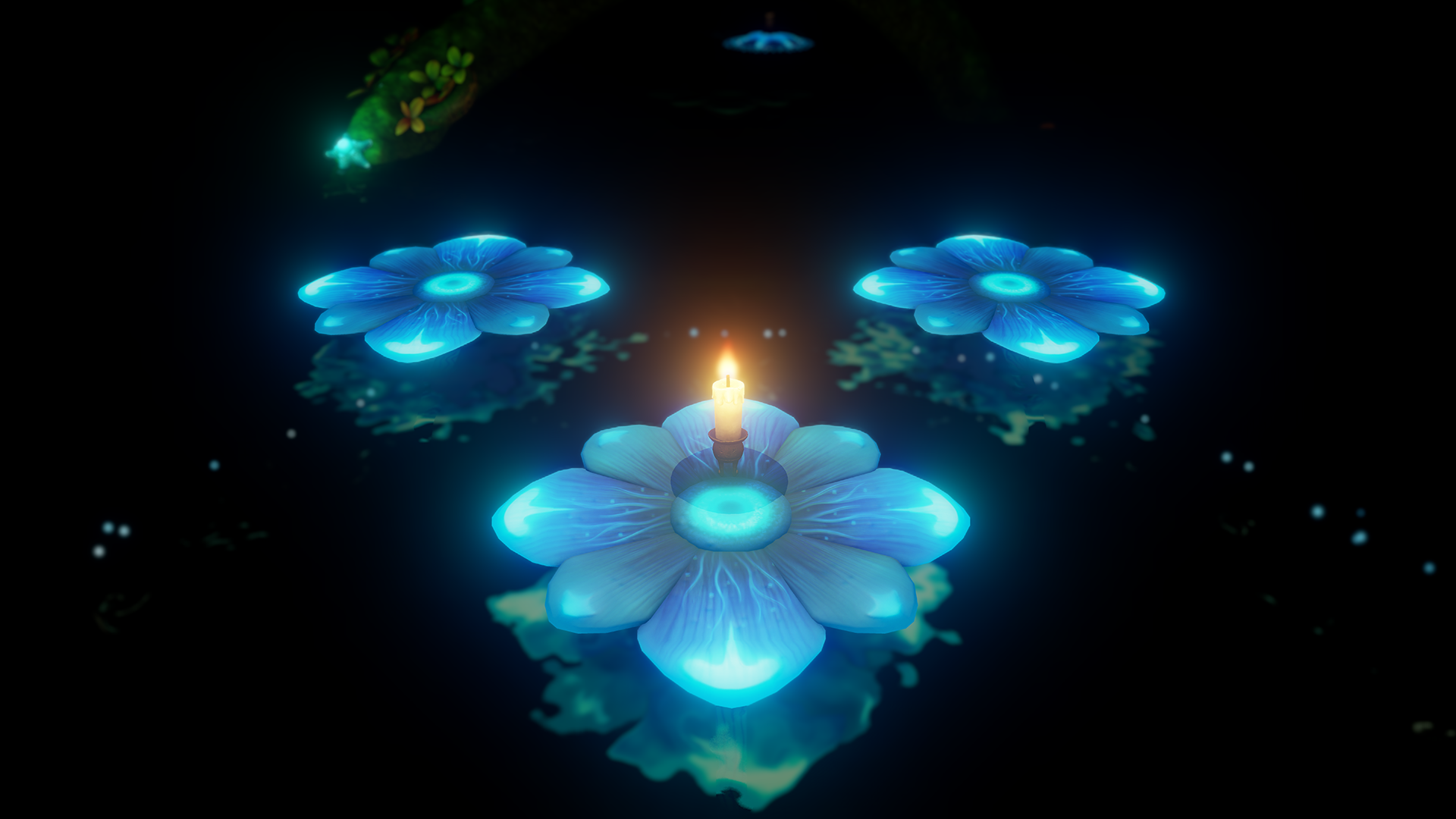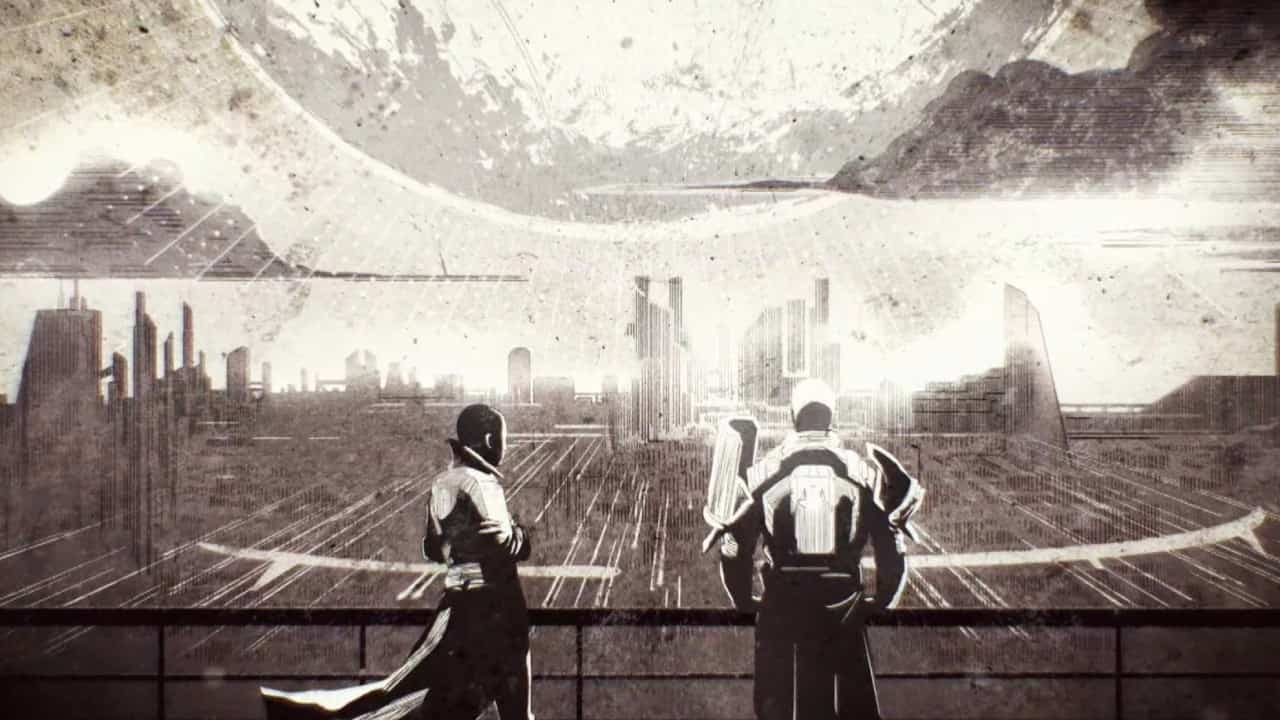You can trust VideoGamer. Our team of gaming experts spend hours testing and reviewing the latest games, to ensure you're reading the most comprehensive guide possible. Rest assured, all imagery and advice is unique and original. Check out how we test and review games here
Darkness and light in games is usually used in a couple of easily understandable ways. Daytime and light = safe and good, whereas nighttime and dark = bad and scary, unless you’re playing a stealth game, in which case the dark is somewhere you hide instead. It’s almost always interesting when games take a familiar mechanic and play with it. Candleman expands the role of light so that it is essentially the whole game.
In a lot of RPGs with 24 hour-ish cycles the night is dark and full of terrors, or at least dim and with some inconveniences: in Elder Scrolls and Fallout games the shops are all shut, which is a massive pain in the arse. Dragon’s Dogma ramped this up by making the night time in its own open world as black as the coffee in Twin Peaks (I haven’t seen Twin Peaks but I understand everyone drinks black coffee in it). This is accompanied by a host of dangerous and incredibly violent monsters coming out to hunt, specifically and preferably you. It makes moving between locations a very tense process.
Then you have games like Alan Wake, where darkness is so bad that a torch is an actual weapon against enemies infused with it (in a town which is obviously called Bright Falls). Even so, it’s not often that the line on where safety is becomes actually blurred. Light vs. dark is a trope not only in games but in basically everything. The Legend of Zelda: Twilight Princess basically has an upside down where everything is grungy and horrible just like the nostalgia-noir smash-hit TV show Stranger Things. When you find a safe room in a game you know it’s safe because it’s well lit. There’s an episode of Doctor Who (which is remarkably not entirely terrible) where the premise is ‘every civilisation is afraid of the dark’, with the addendum ‘because the dark will literally eat you.’
/https://oimg.videogamer.com/images/3f89/75cf10cf-c6bf-4d32-a915-a27be8bc2c54_screenshot-01.png)
In Amenesia: The Dark Descent the relationship with light is more complex: light keeps you sane, but also reveals you to your enemies, and you must balance how important each of those are to you, especially against the fact that your lantern will not burn indefinitely without fuel.
In Candleman, an Xbox One exclusive, it goes further, because while you may not be able to see the path in front of you unless you light the way, you must do so by burning yourself. The light and safety come at the cost of your own waxy, sentient life (and it’s clear that the candle of Candleman is alive: he’s able to look at things, someone, and has thoughts and nightmares, which are terrible things to consider a candle having). With only 10 seconds worth of light in you, you must waste none of it. You leave drops of your own molten flesh behind where you burn. If you think about it too long Candleman becomes an unsettling eldritch horror game, rather than a nice indie platformer.
There are also obstacles that get worse when there’s light shining on them, specifically in the levels featuring vines and incredibly aggressive plants, including spiked fruit that ripen and fall in your candlelight, and equally spiked flowers that bloom outwards. Often you will find yourself in darkness and light it, only to be pierced by a giant thistley growth you didn’t know you were standing next to. Sometimes you will see them ahead of you and walk forwards cautiously in almost total darkness, pause, and realise you don’t know which direction you should go in. You could light the flame to look, but you’re pretty sure you’re poised between two of the aforementioned thistley growths. So you have no choice but to step forwards into the unknown. Just like Indiana Jones. But a candle.
Not that the game is entirely devoid of light from other sources, of course. They’re there, but the sources of light are often bioluminescent, or move and change (flames, floating jellyfish, the blinking of a lighthouse). It makes shadows longer than they should be, and gaps look shorter than they are. It’s disorientating, and makes you feel like the light itself is alive.
Which it is, because you play a walking candle.
​






